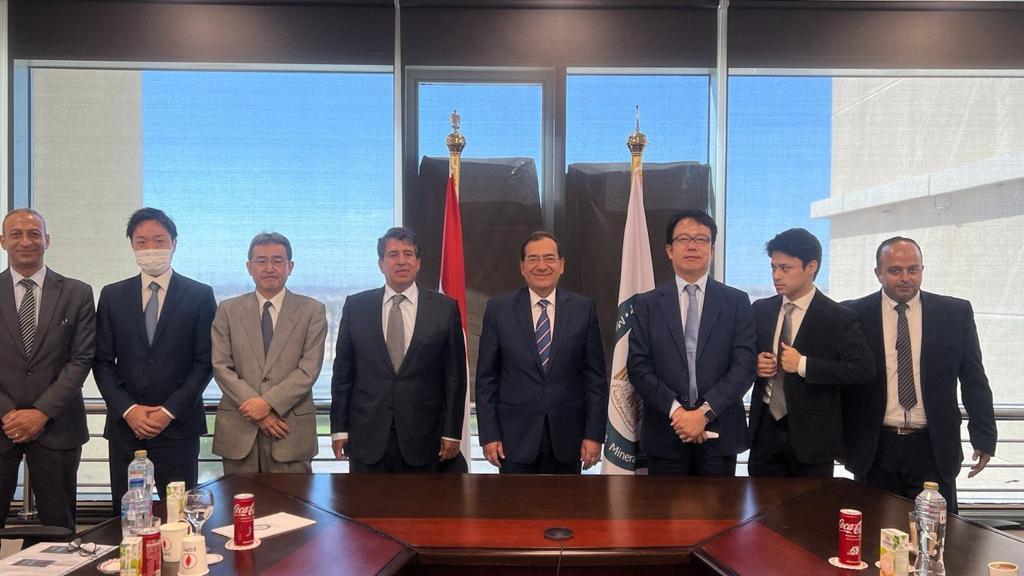A delegation from Japan’s Toyota Tsusho Corp has arrived in Egypt on Monday to share initial results of a study to produce blue ammonia in the North African country.
Egyptian Petroleum Minister Tarek el-Molla has received the delegation and held discussions with its head Tokuji Koyama, who is director of energy infrastructure projects at Toyota Tsusho.
Discussion the initial results of the study, the concept would involve converting grey ammonia into blue, through the use of carbon capture and storage (CCS), a statement by the Egyptian petroleum ministry read.
In particular, the study looked at capturing “part or all” of the emissions from Misr Fertilizers Production Company (MOPCO) and Abu Qir Fertilizers. The companies could capture CO2 and store these in old oil and gas fields, the statement added.
Toyota Tsusho recommended establishing a new line to focus on producing ammonia through a detailed feasibility study, saying blue ammonia must become competitive.
Minister el-Molla described blue ammonia as one of the solutions required to deliver green energy, calling for more studies on the feedstock in order to determine the project feasibility.
Magdy Galal, chairman of the Egyptian Natural Gas Holding Company (EGAS) and Saad Helal, chairman of the Egyptian Petrochemicals Holding Company (ECHEM) chairman, have attended the meeting.
Earlier in September last year, Toyota Tsusho signed an agreement with state-run Egyptian Petrochemicals Holding Company (ECHEM) and Egyptian Natural Gas Holding Company (EGAS) to conduct a joint study on future production of blue ammonia in Egypt.
Egypt has begun taking steps this year to explore carbon capture and storage (CCS) options. It has signe3d with Eni signed an agreement to develop a pilot $25 million project at its Meleiha concession in May. In July, EGAS signed a memorandum of understanding with Wintershall Dea to study CCS plans.
This November, Egypt is hosting the COP27 United Nations Climate Change Conference in Sharm El-Sheikh. The country is expected to discuss and showcase energy transition plans, such as hydrogen export and green hydrogen and ammonia production hopes and CCS.
Blue Ammonia
Blue ammonia is a low-carbon method of producing the chemical compound by using steam methane reformation. Hydrogen is first derived as a byproduct of carbon dioxide, which has been captured and stored, and then it is combined with nitrogen to produce ammonia. For the green ammonia, it can also be produced through electrolysis powered by renewable energy. The decarbonisation of ammonia production is a key part of the global transition to net-zero emissions by 2050.
